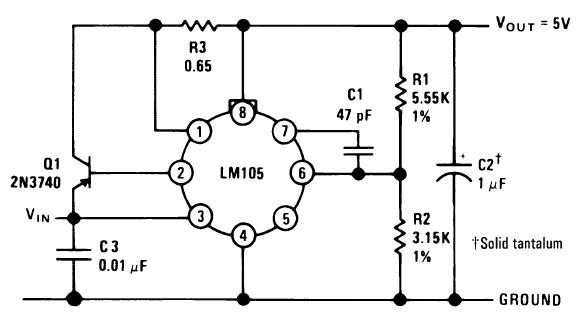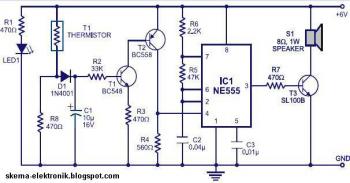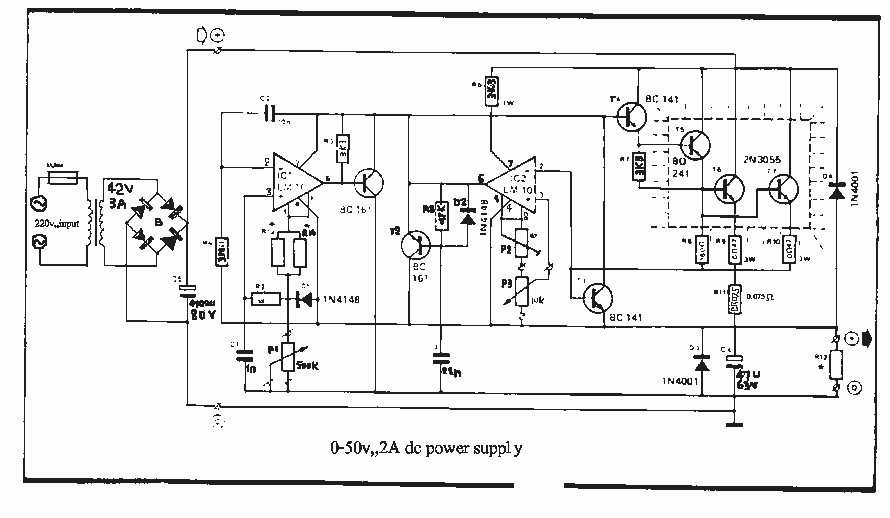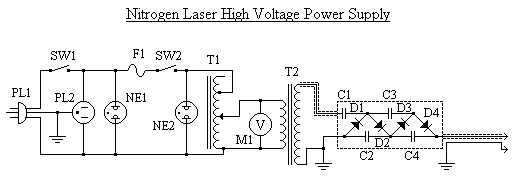
Power Flip-Flop Using A Triac
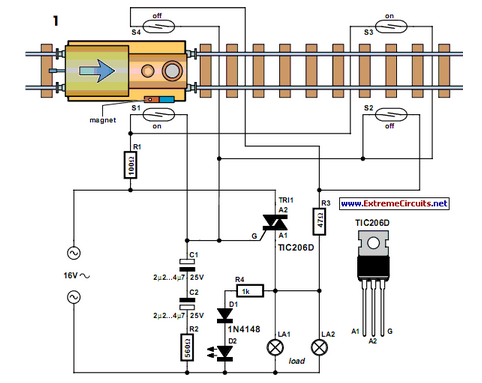
Modern electronics is essential for every large model railroad system, providing solutions to nearly every issue. Although ready-made products are available...
Modern model railroad systems rely heavily on advanced electronics to enhance functionality and user experience. These systems often incorporate various electronic components such as microcontrollers, sensors, and communication modules to create an immersive and dynamic environment. For instance, microcontrollers can be programmed to control multiple trains, manage track switching, and coordinate lighting effects, all while ensuring smooth operations.
In addition to microcontrollers, sensors play a critical role in monitoring train positions and detecting obstacles on the tracks. Infrared sensors, for example, can be strategically placed to provide feedback to the control system, allowing for real-time adjustments to train speed and direction. This feedback loop is essential for maintaining safety and efficiency in complex layouts.
Communication modules, such as those utilizing Bluetooth or Wi-Fi, enable remote control of the railroad system via smartphones or tablets. This wireless connectivity allows users to operate trains, switch tracks, and adjust settings from a distance, significantly enhancing the overall experience.
Furthermore, integrating sound systems into model railroads can replicate the authentic sounds of trains, adding another layer of realism. Digital sound decoders can be installed in locomotives, providing users with the ability to select different sound profiles, such as diesel engines or steam whistles, which can be triggered based on the train's actions.
In summary, the incorporation of modern electronics into large model railroad systems not only addresses various operational challenges but also elevates the hobby to a new level of interactivity and realism, making it an essential aspect of contemporary model railroading.Modern electronics is indispensable for every large model railroad system, and it provides a solution to almost every problem. Although ready-made product.. 🔗 External reference
Modern model railroad systems rely heavily on advanced electronics to enhance functionality and user experience. These systems often incorporate various electronic components such as microcontrollers, sensors, and communication modules to create an immersive and dynamic environment. For instance, microcontrollers can be programmed to control multiple trains, manage track switching, and coordinate lighting effects, all while ensuring smooth operations.
In addition to microcontrollers, sensors play a critical role in monitoring train positions and detecting obstacles on the tracks. Infrared sensors, for example, can be strategically placed to provide feedback to the control system, allowing for real-time adjustments to train speed and direction. This feedback loop is essential for maintaining safety and efficiency in complex layouts.
Communication modules, such as those utilizing Bluetooth or Wi-Fi, enable remote control of the railroad system via smartphones or tablets. This wireless connectivity allows users to operate trains, switch tracks, and adjust settings from a distance, significantly enhancing the overall experience.
Furthermore, integrating sound systems into model railroads can replicate the authentic sounds of trains, adding another layer of realism. Digital sound decoders can be installed in locomotives, providing users with the ability to select different sound profiles, such as diesel engines or steam whistles, which can be triggered based on the train's actions.
In summary, the incorporation of modern electronics into large model railroad systems not only addresses various operational challenges but also elevates the hobby to a new level of interactivity and realism, making it an essential aspect of contemporary model railroading.Modern electronics is indispensable for every large model railroad system, and it provides a solution to almost every problem. Although ready-made product.. 🔗 External reference

